OK, so it may sound like an elementary statement but it is true. I find trees the most fascinating of all the plant matter available out there. Sure, there are more exciting botanical options such as the Venus Fly Trap or the Pitcher Plant to choose as a favorite, but trees have certain characteristics that just appeal to me.
A tree is crafted and designed (I know, some of you are rolling your eyes at this notion) to absorb CO2 and release life-giving oxygen. We learned this concept in grade school biology. There are other great scientific facts concerning trees such as tree branch growth is control by a process known as apical control (journal of botany). Apical control maintains the species shape.
Now, before I lose everyone – the driving reason I want to discuss trees is from more of a practical stand point. We currently have MANY trees growing on our property including Virginia Pine, Sugar Maple, various Oaks, Ash, Beech, Hickory, Cherry, and even a little bit of Walnut. There are scores of other varieties growing naturally and they mingle quite nicely to make up our forested areas on the property.
As we expand our farming endeavors, some of these trees will have to be removed to make room for pasture land. In the past, my process for removing these trees would have been to bring in a dozer, up-root all the trees, pile them up, and burn them. While very effective and efficient for clearing land, I have learned that it produces too many consequences to justify doing this for all the clearing I need done.
Our property is quite “mountainous” and land stripped clear can cause tremendous soil erosion. This erosion removes the coveted top soil that is idea for pasture land. It sort of like throwing the baby out with the bath water. Burn piles and stump-age issues also detract from the aesthetics of the land and take up space.
We choose to do the majority of our clearing by hand – much harder and more time consuming, but much less traumatic to the landscape.
Use of the trees is very important to me. If it has any value at all, then that use must be explored. Currently, usage we have found beneficial is:
Sawmill – Larger diameter trees are sent to the sawmill (at my brother’s farm) where they are cut into dimensional lumber, 4/4 lumber (for woodworking), shingles, siding, etc.
Fencing – depending on the species, some trees that are not large enough in diameter to saw are split into rails for use in fencing.
Firewood – Depending on the species, some trees are ideal for firewood. Our house and woodshop are both heated by wood burning.
Stump Removal – it may sound odd, but the smallest branches and tree tops can be used for stump removal. By making a small burn pile around the stump of the tree that was just cut, the stump can be killed so it doesn’t sprout and even if it doesn’t burn out completely, insects and other animals will start to accelerate the decay process.
 Last week, I decided to take out a large white oak tree that had died in one of our pasture areas. As you can see in the picture, the tree was quite dead. The branches were starting to break out and produce widow-makers (branches that will make your wife a widow if you happen to be under one when it falls). It was passed time for this monster to come down.
Last week, I decided to take out a large white oak tree that had died in one of our pasture areas. As you can see in the picture, the tree was quite dead. The branches were starting to break out and produce widow-makers (branches that will make your wife a widow if you happen to be under one when it falls). It was passed time for this monster to come down.
My first assessment was what to do with this tree. It had a diameter at the base of over 20 inches. This is a perfect size for milling. The first 16 feet of the tree would go to the mill. The remaining large branches would make adequate firewood and the dried tops could be used to burn out the stump of a poplar I cut down earlier that will potentially sprout this spring.
The next assessment was were to put it on the ground. I am no expert in felling and have seen some forestry guys that are artists when it comes to felling a tree. My usual objective is get it close to where I think it should go and don’t be under it when it lands there.
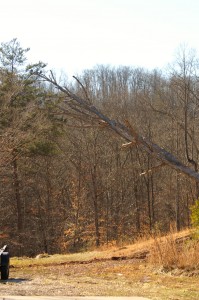 There is something about a falling tree that draws everyone’s attention. The boys always want to know when I am felling a tree so they can see and hear it come crashing down.
There is something about a falling tree that draws everyone’s attention. The boys always want to know when I am felling a tree so they can see and hear it come crashing down.
Once the tree is on the ground, I can then start cutting it up for use.
This white oak had lived a long a prosperous life and in its day yielded tons of acorns to feed the wildlife. Something that started as a sapling, from a small nut, turned into to something massive, productive, and useful in its death.
This one tree will produce enough material to floor a cabin my brother is building, give me enough firewood to last for several weeks, and assist me in clearing other areas of the pasture. How awesome is that? The designer of this organism certainly had practical uses in mind when he designed it.
Wait and see what we do with all the others we are going to harvest.

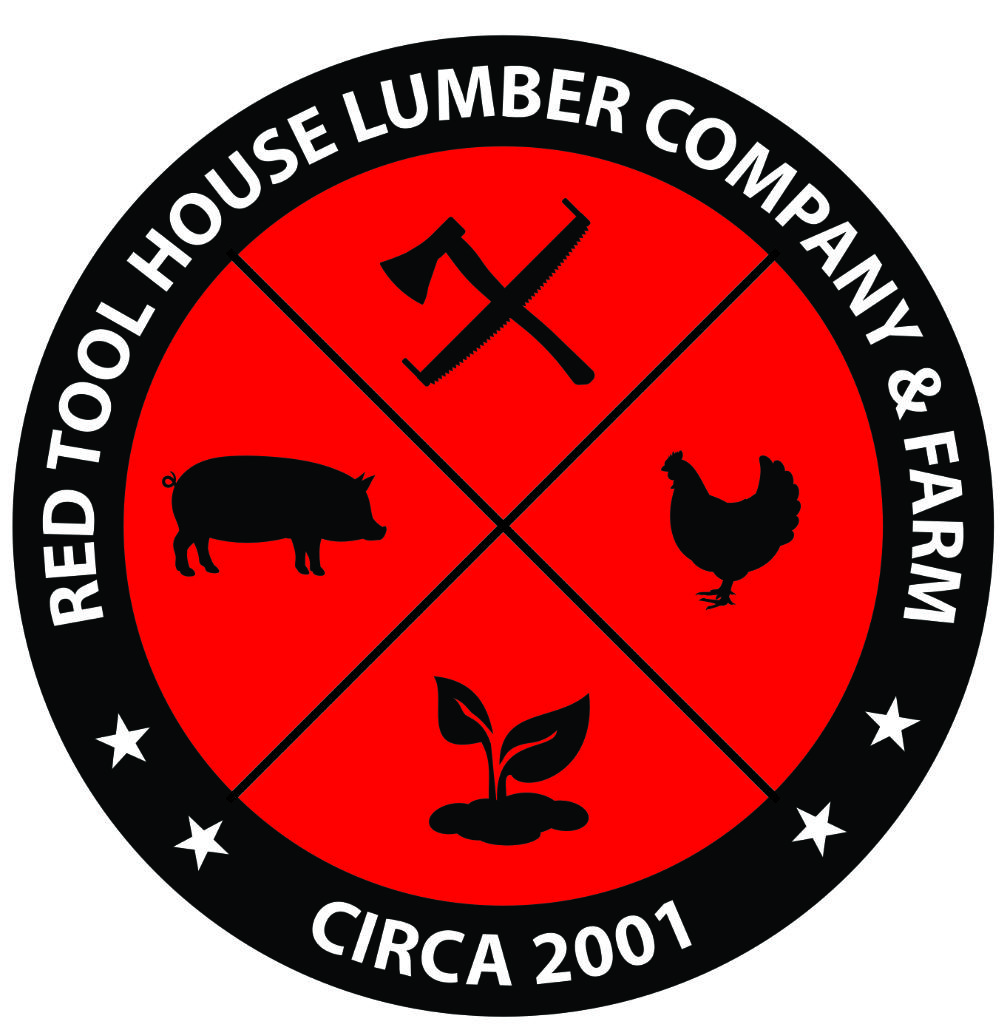

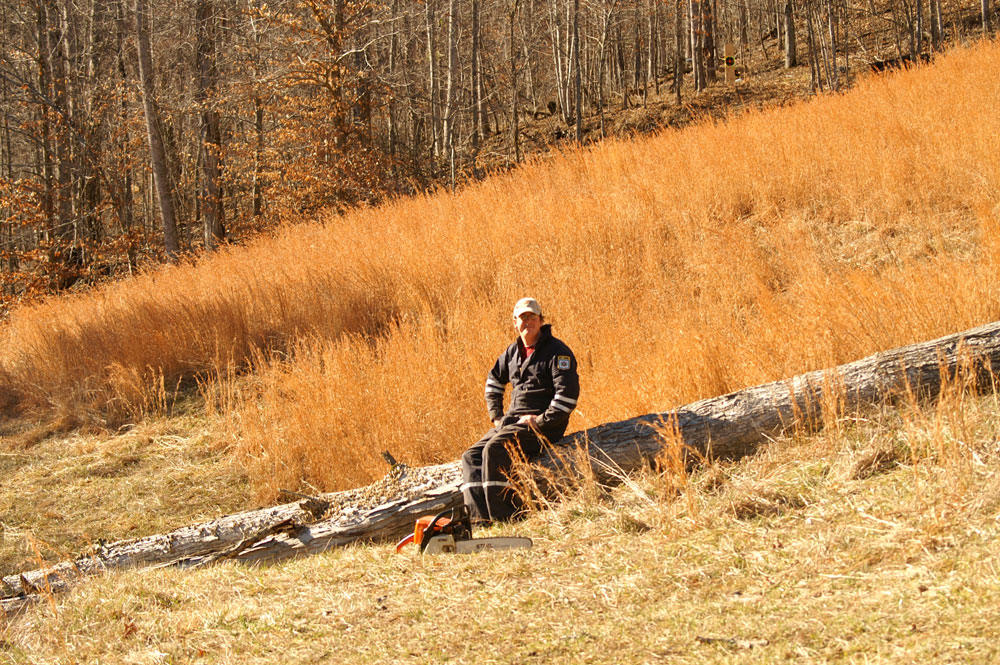
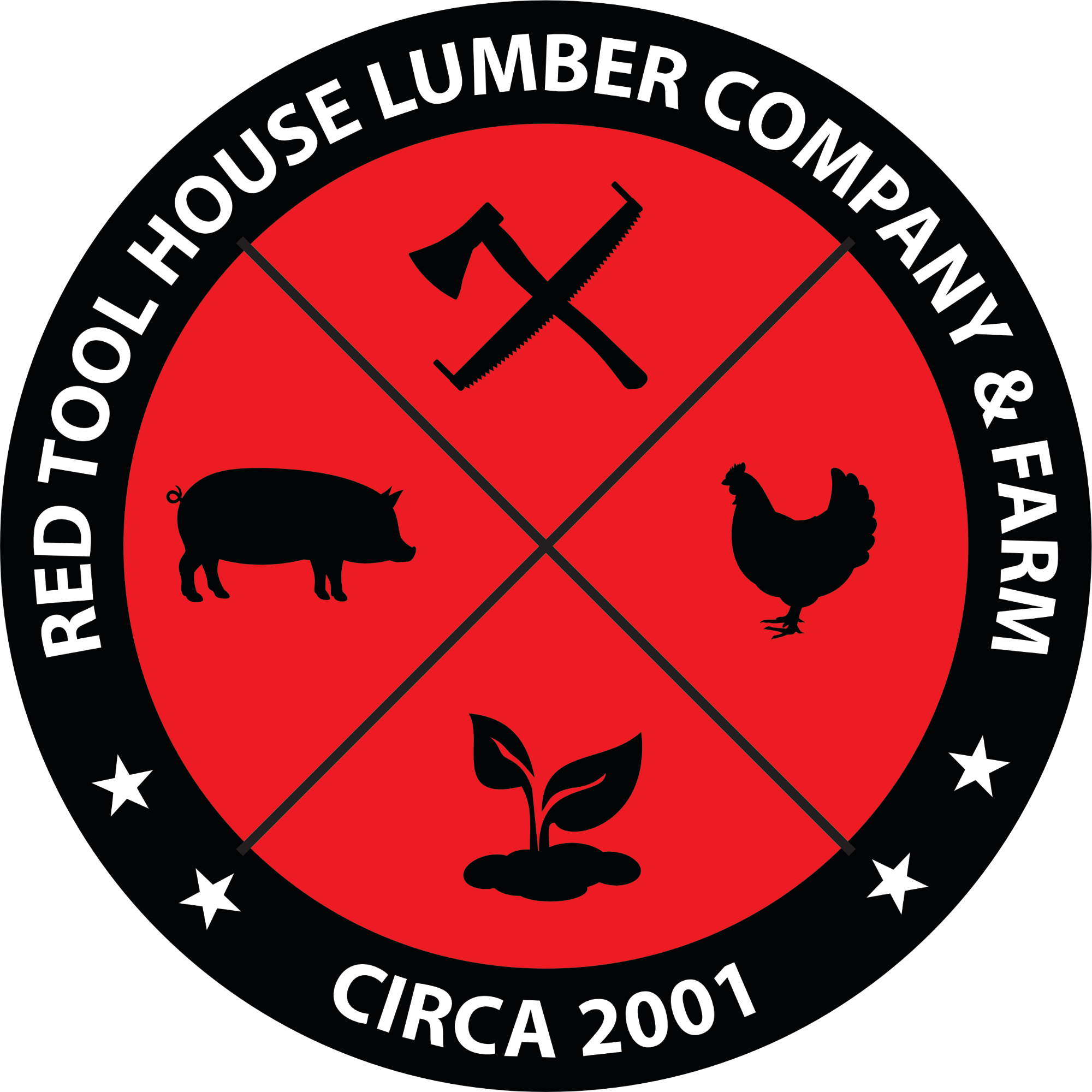
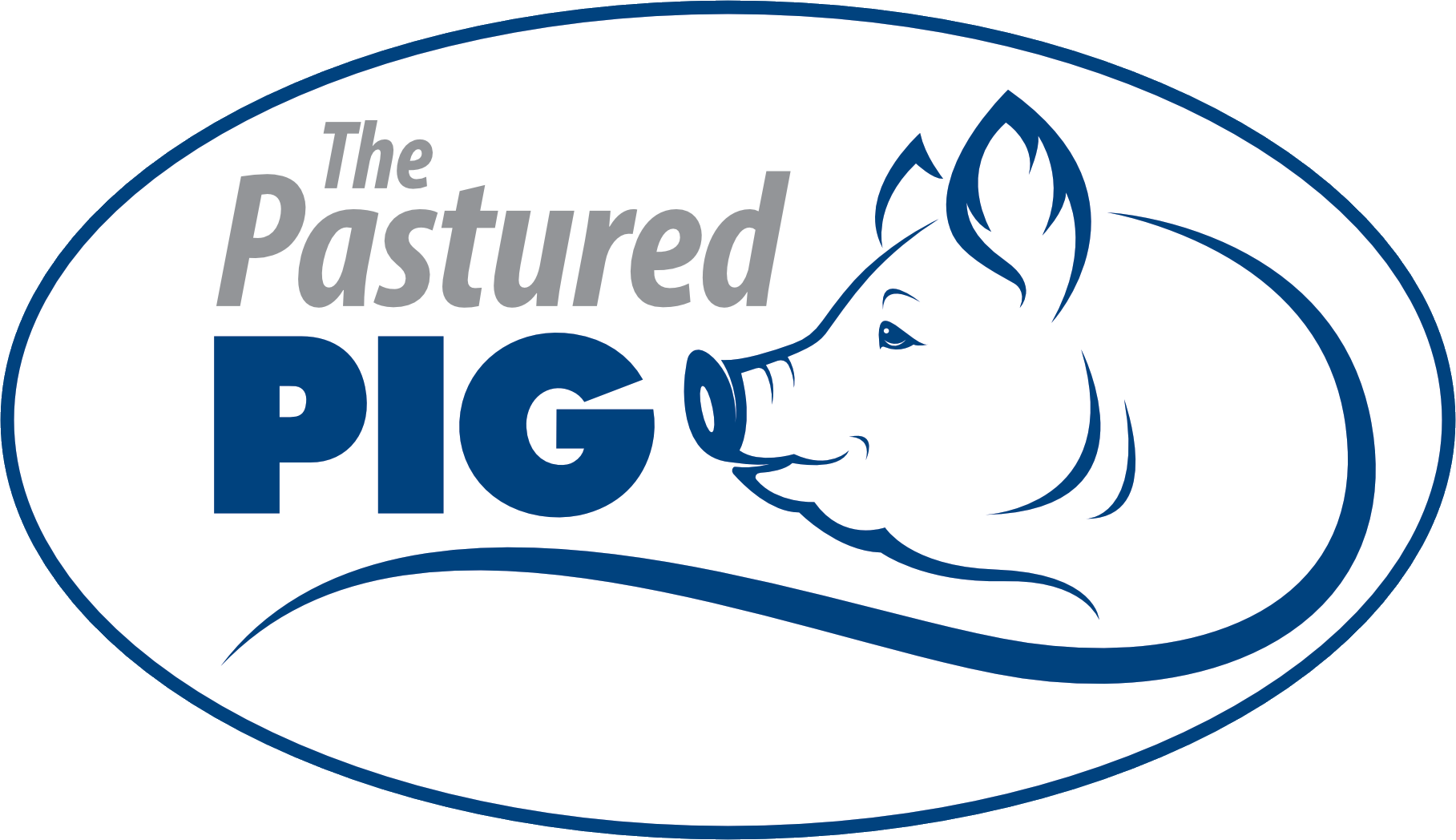
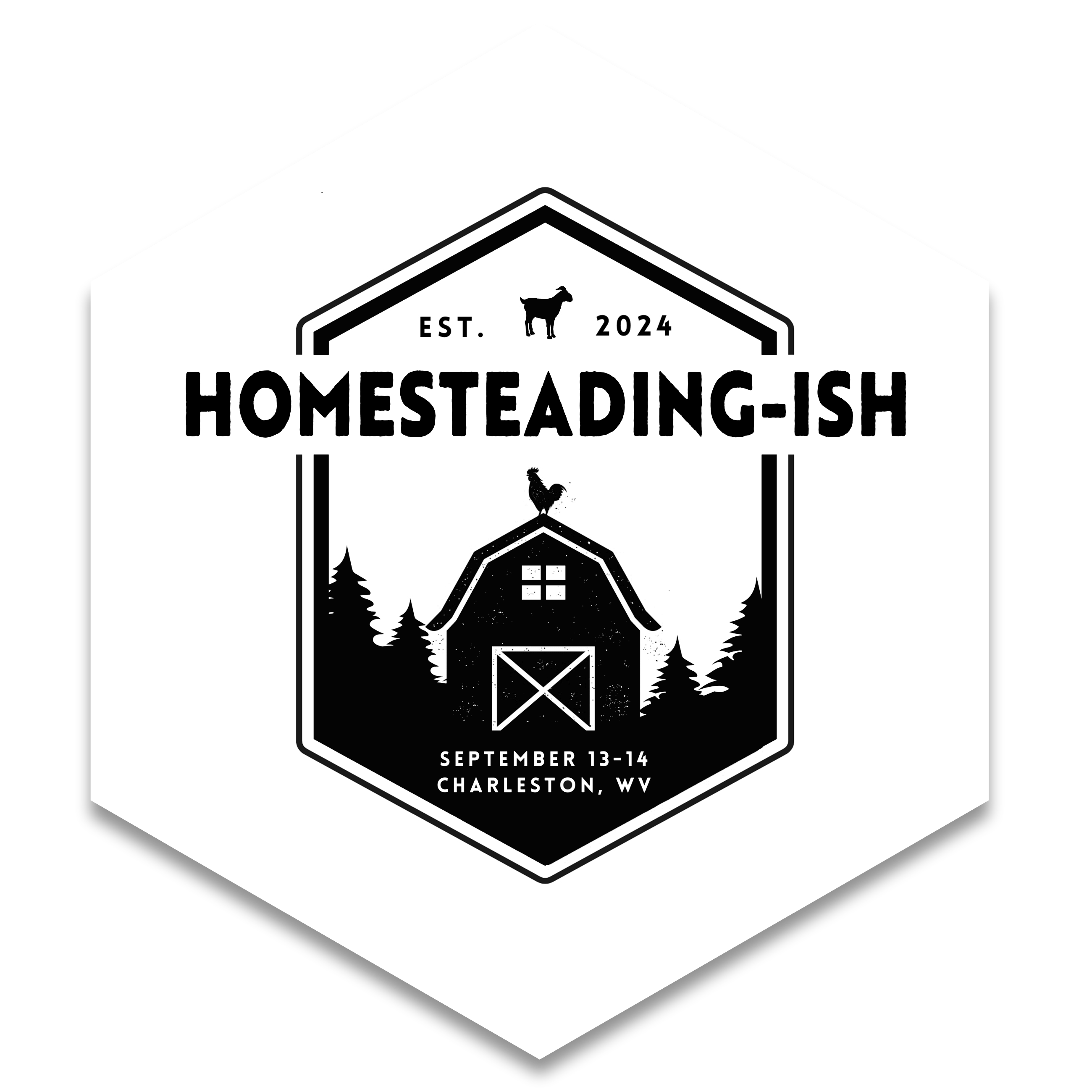
Leave A Comment